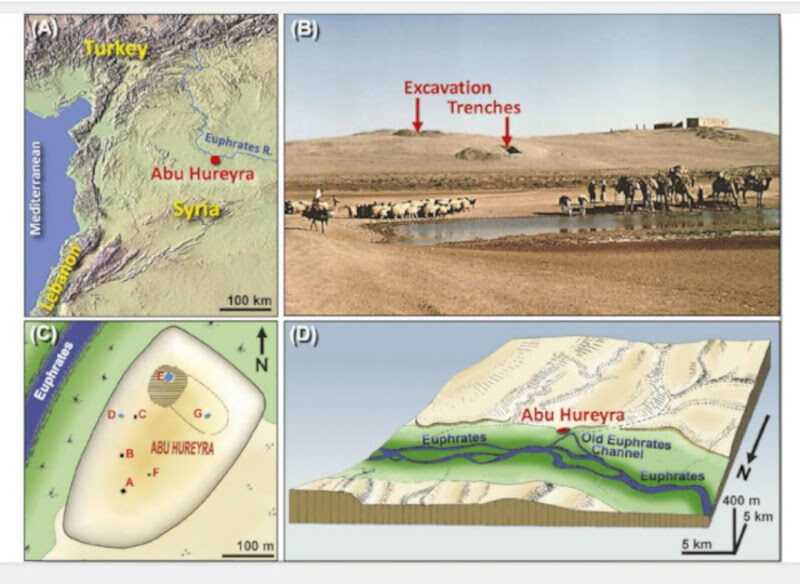
© Prehistory Decoded
Researchers associated with the comet research group have just
published four new papers on micro-fractures in quartz, and how they can be used to diagnose cosmic impacts. The first paper is a detailed study linking shocked quartz to airbursts. The next three below apply this new understanding to the Younger Dryas impact specifically at Abu Hureyra, which is about 100 miles south of Gobekli Tepe.
The journal is also new - "Airbursts and cratering impacts". It was set up so that papers rejected by the "impact mafia" can still be fairly reviewed and published. The impact mafia is a determined group of researchers who are expert in the more well-established science of large ground impacts where the existence of a large crater makes the diagnosis of an impact obvious. By
requiring the same kind of evidence for the diagnosis of all cosmic impacts, they are effectively preventing the diagnosis of lower-energy impact events, for example small ground impacts or large airbursts that significantly affect the ground, i.e. precisely the kind of impacts central to the Younger Dryas impact hypothesis. Inevitably, this leads to under-reporting of these smaller impact events. Parallels with the "Clovis first mafia" are apt.